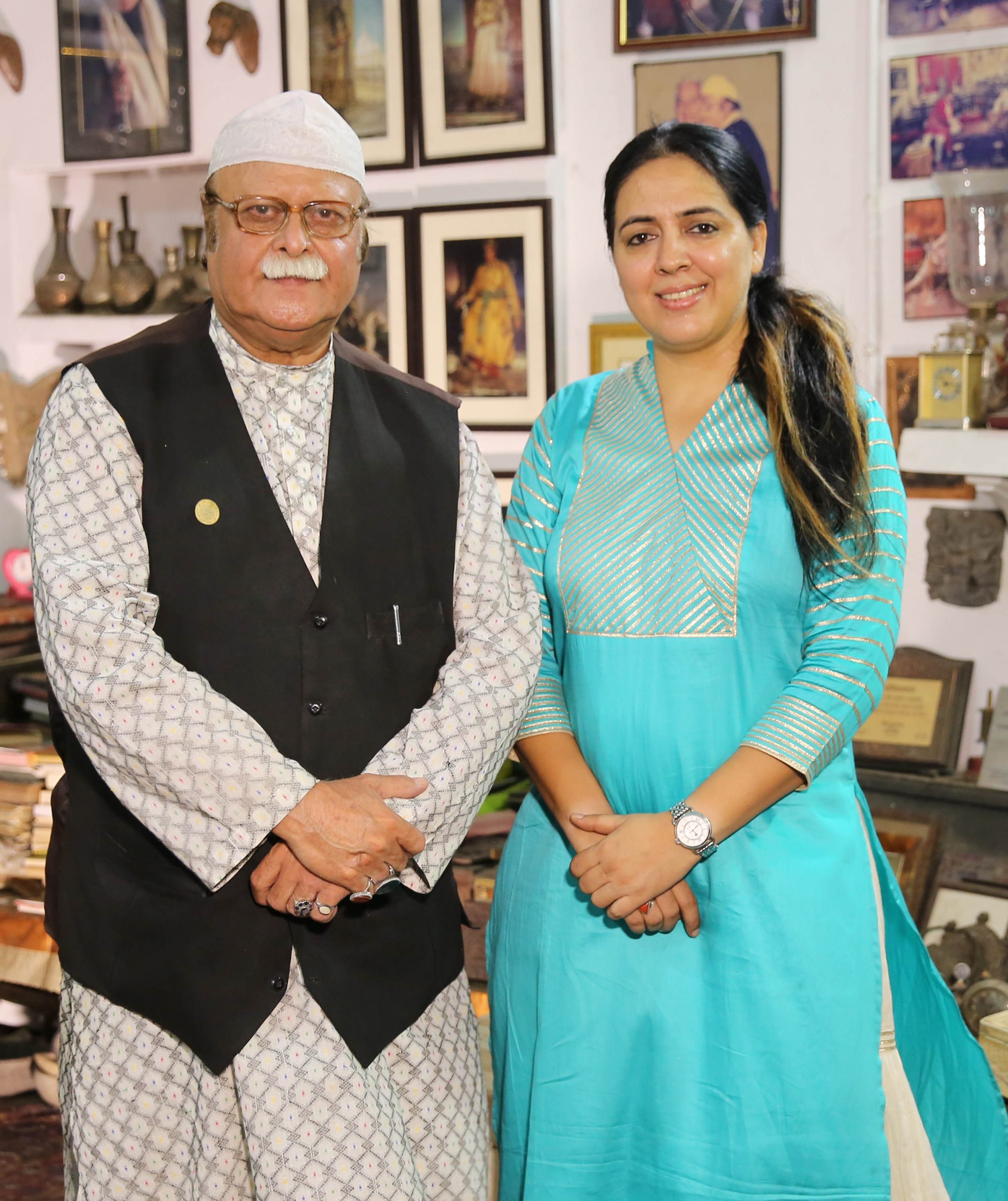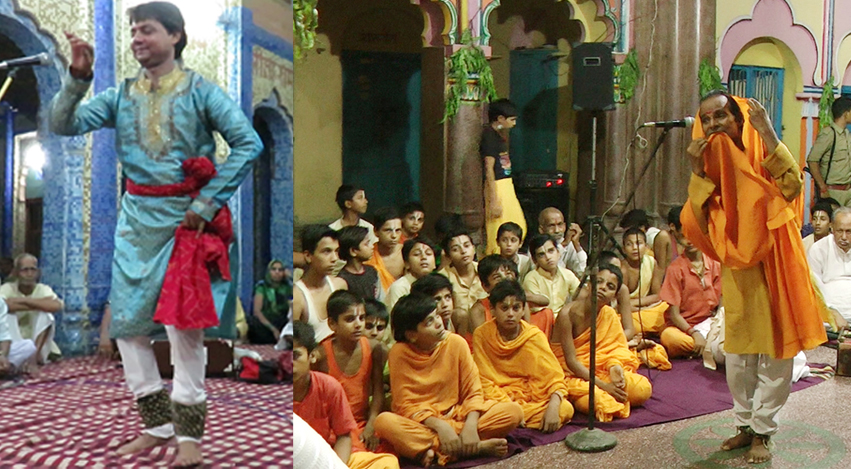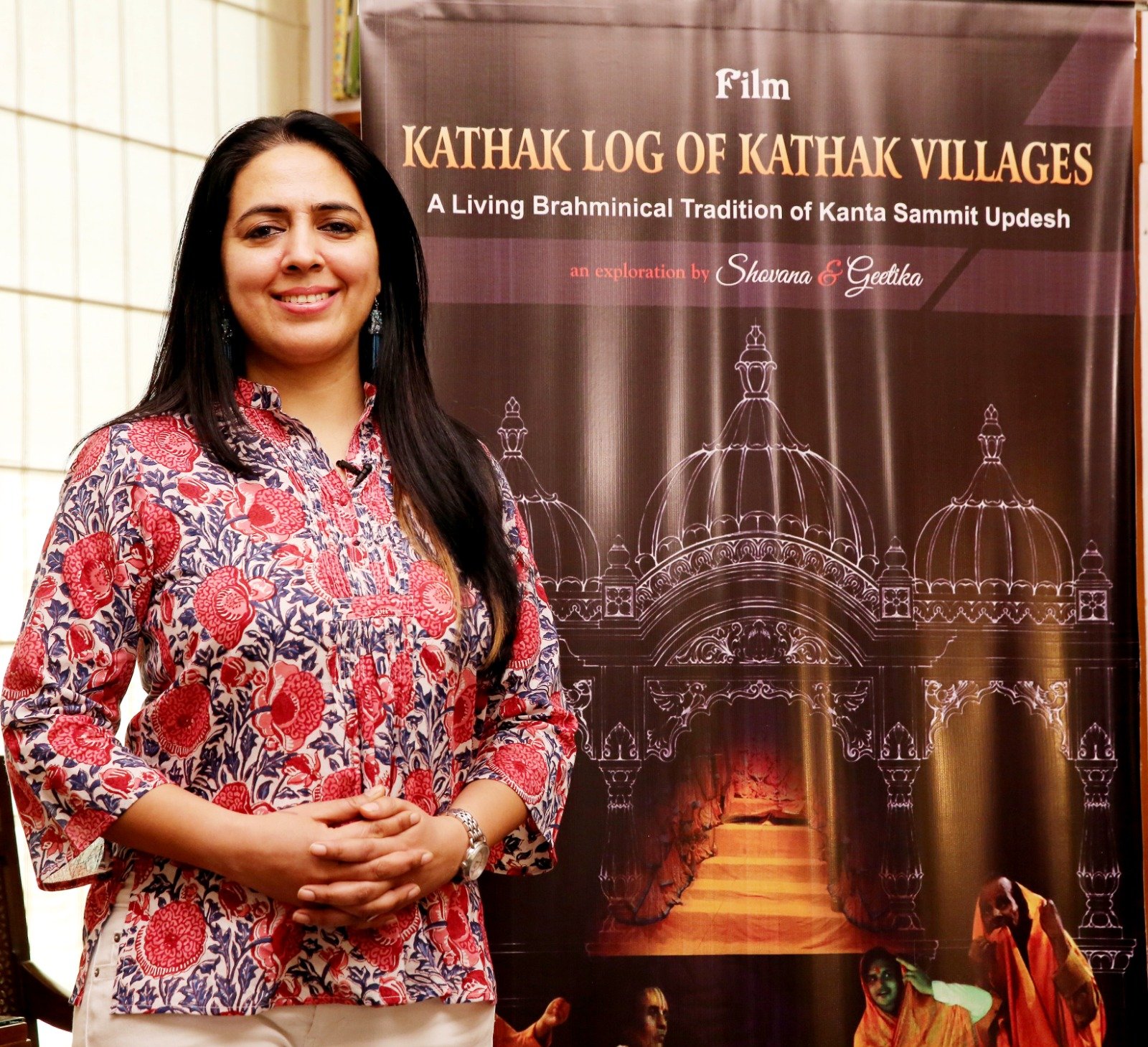Documentary film “Kathak Log of Kathak Villages” took four years to complete, Director Beenu Rajpoot.
This project is extremely interested and close to director’s heart. We can see the tangible performing art facts of Ayodhya temple in the film and it took more than three years to complete the research of this film. It is based on a deeply researched book KathakLok; the film unearths little known facts of pre-Christian era roots of Kathak. It brings out the role of Kathak in India’s social and cultural life over the centuries, which continues as a living tradition today in the temples and villages of the Gangetic plains. Underscoring the salient features of the art of the KathakLok, it destroys many unfounded popular beliefs regarding the origins of Kathak dance.
Beenu Rajpoot the film director told us that, they went to Ayodhya, Bikaner, Lucknow to cross check the researched facts. She also met the Lucknow Nawab, Nawab Jafar Mir Abdullah.This film is produced by Kathak Guru Shovana Naryan and Geetika Kalha, IAS (Retd.) and directed by Beenu Rajpoot (renowned documentary filmmaker).
The Film “Kathak Log of Kathak Villages: A Living Brahmnical Tradition of Kanta Sammit Updesh” is based on roots of Kathak dance and this dance form is a living Brahmnical Tradition of Kathak lok of Kathak villages who lives in UP and Bihar. Till today we can see this tradition in the temples of Ayodhya where these kathaks (log) of kathak villages came every year during sawan jhula to perform nritya sewa in the Ayodhya temples. These Kathak log are the true example of Kanta Sammit Updesh parampara. “Katha kahe so Kathak kehlaye” – the one who narrates or sermonizes through tales/ stories/ legends/ myths is known as a Kathak.
The tradition of katha is an age old practice in India. The two root words of Katha are – ka and tha. Ka’ means the Almighty and Tha’ means to establish, or to place. Therefore Katha means to establish God in the hearts and minds of the audience. The word Kanta means the beautiful beloved when referring to God. Kanta Sammit Updesh appeals to the emotions and hearts of the audience. It is ‘sa-rasa’ meaning imbued with rasa. In Kanta Sammit Updesh, ‘katha’ is delineated through kavya ie literature, poetry supported by music, dance, drama. This has traditionally been done through centuries by Brahmin Kathak Log in Ayodhya and other places.
This tradition continued throughout the centuries as revealed in the comment made by Emil Schlagintweit in 1880 where he describes the Kathak doing updesh. These Brahmins were NOT viewed as entertainers but as narrators of Dharma. There was minimal emphasis on rhythmic wizardry and physical skill that have come to be associated with proscenium Kathak of urban areas today.



